1. Satellites Track Ocean Giants From Space
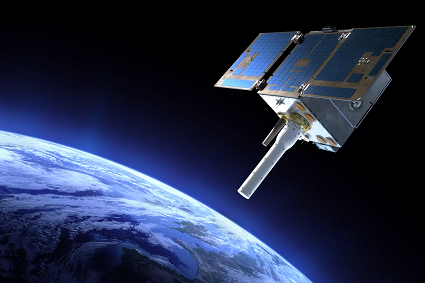
Thanks to new technology, we’re getting a closer look at these journeys than ever before, and the insights are changing how we protect wildlife and the planet.
Whales, sea turtles, and seals once vanished into the open ocean, leaving researchers to guess where they traveled. Today, satellite systems like Argos are rewriting that mystery. Tiny transmitters attached to these animals beam back their real-time locations as they cross thousands of miles of ocean. The data has uncovered feeding grounds, hidden migration corridors, and even how climate change is reshaping ancient routes. For example, researchers discovered that some turtles return to the same beach they hatched on decades earlier, guided by instincts scientists are only beginning to understand. Beyond curiosity, this information has life-saving value, it helps map shipping lanes to avoid whale strikes, shows where to set up marine reserves, and warns when warming seas may force species into new, risky territories.
2. Tiny GPS Backpacks on Birds Reveal Flight Paths
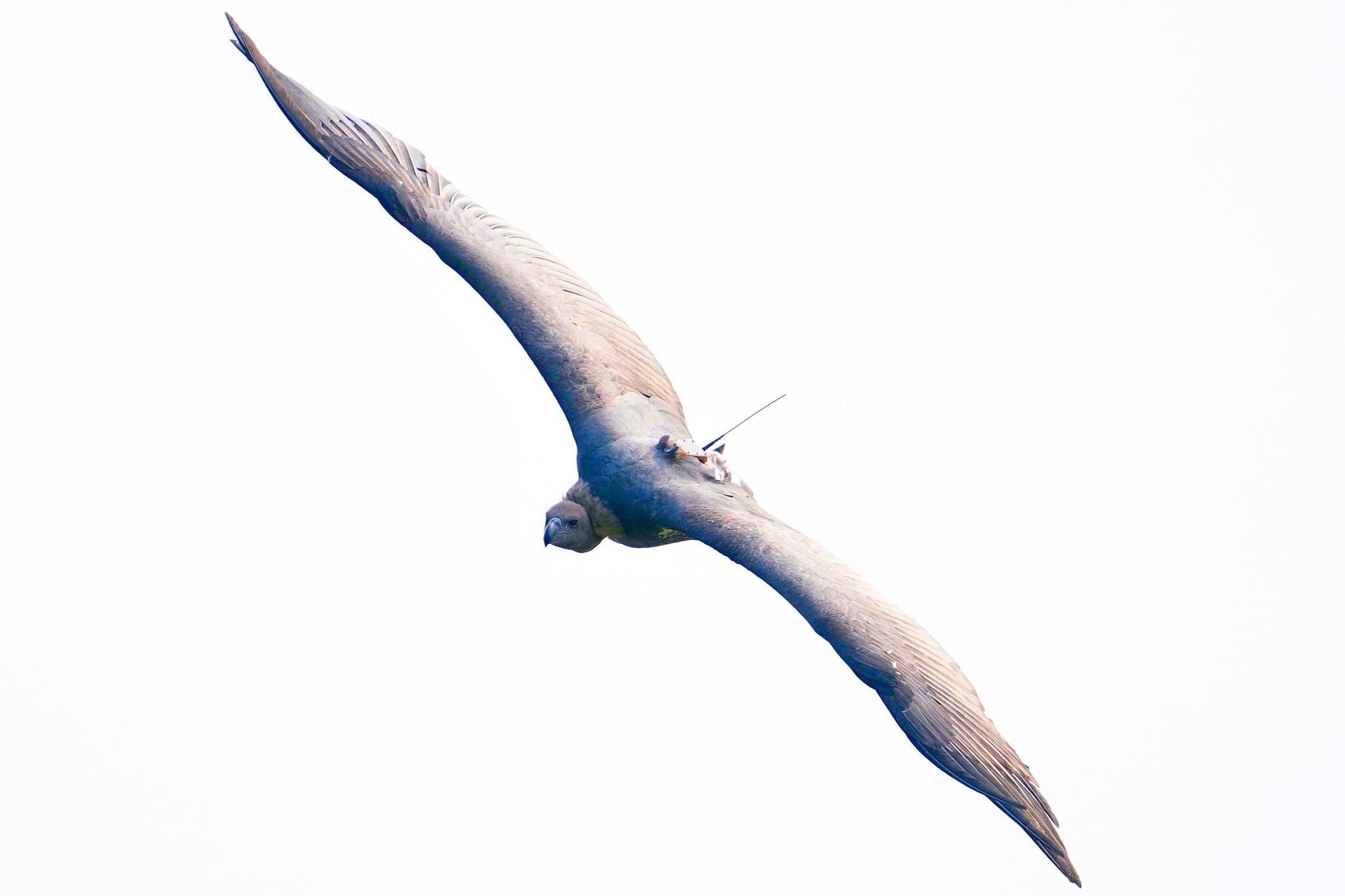
Bird migration is one of nature’s most breathtaking mysteries, with some species flying nonstop across continents. To follow them, scientists have developed featherlight GPS trackers small enough to fit on a hummingbird’s back without slowing it down. These “bird backpacks” record precise locations over weeks and months, sending data when the bird flies past a receiver or even by satellite. The results have stunned researchers: swallows flying thousands of miles without pause, cranes crossing deserts at night, and tiny warblers navigating storms over the Atlantic. This technology reveals how birds adapt to droughts, deforestation, or shifting seasons. It also spotlights critical stopover sites where exhausted flocks rest and refuel, places conservationists now know must be protected if entire migrations are to survive.
3. The ISS Once Tracked Wildlife From Orbit
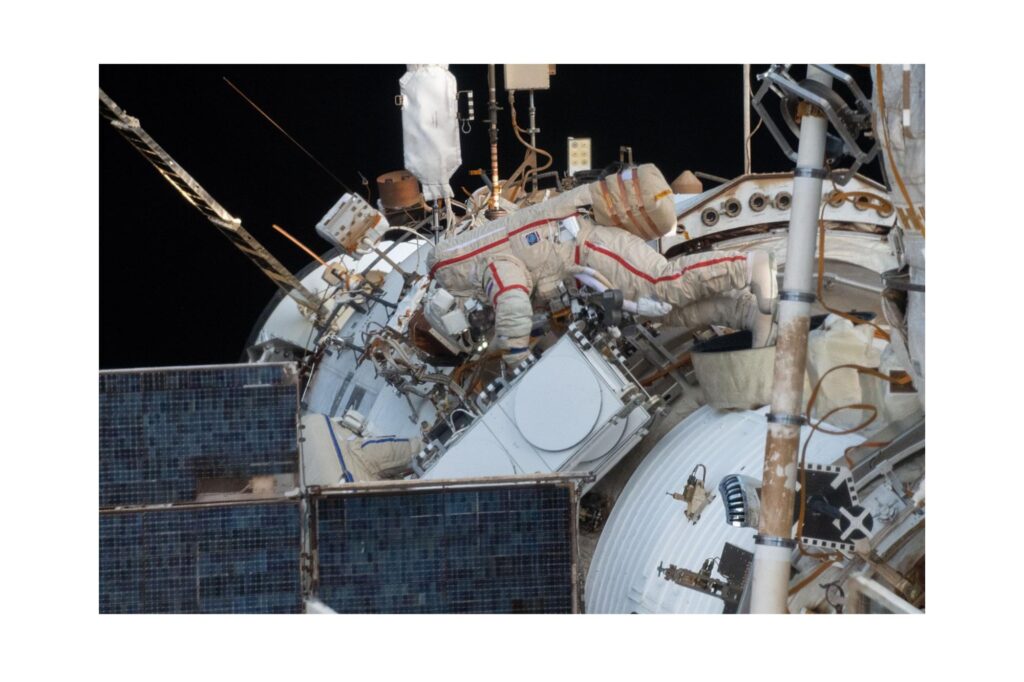
For a time, the International Space Station doubled as a wildlife observatory. Through the ICARUS project, antennas aboard the ISS picked up signals from tagged animals all over the planet. Birds, bats, and even small mammals carried miniature transmitters that could be tracked from orbit, allowing scientists to monitor migration patterns on a global scale. One of ICARUS’s breakthroughs was showing how animals respond to natural disasters: fruit bats in Africa were seen flying long distances ahead of a drought, suggesting they could serve as early warning systems for environmental changes. Although the project is currently paused, the technology it pioneered remains promising. Researchers hope to revive it or adapt its methods, since the idea of monitoring wildlife from space could give conservationists a truly planetary view of animal movement.
4. Lasers Detected the Planet’s Biggest Migration
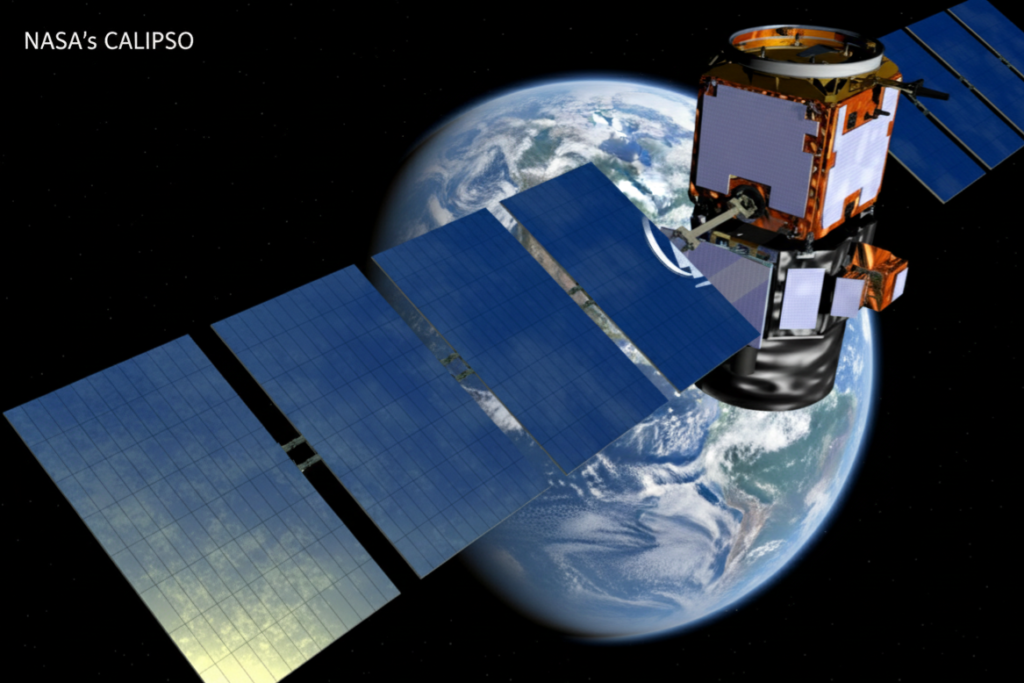
Not all migrations happen on land or in the skies above us. Each night, trillions of tiny sea creatures like plankton, krill, and squid rise from the deep ocean to feed near the surface, then sink back down before sunrise. NASA’s CALIPSO satellite used lasers to detect this vertical migration, the largest movement of biomass on Earth. It happens daily, yet remains invisible to the naked eye. The discovery showed that these ocean migrations play a huge role in the planet’s carbon cycle, as creatures carry carbon from surface waters deep into the ocean. This process helps regulate the climate, underscoring how vital even the smallest animals are to the health of the planet. By tracking these hidden journeys, scientists are learning more about how fragile the balance of the oceans really is.
5. Elephant Collars That Send Texts to Scientists
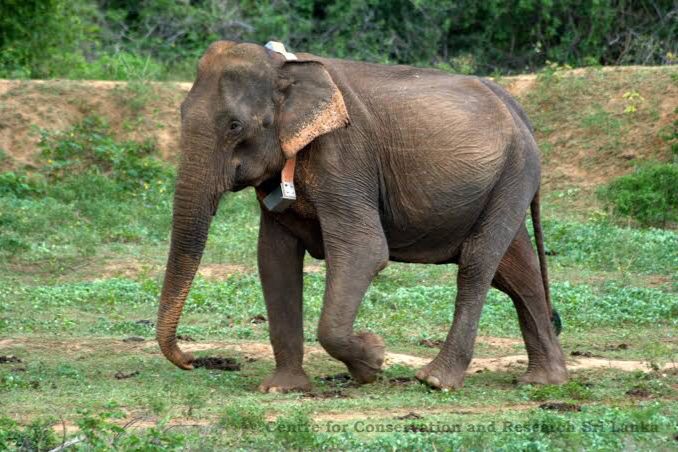
In Africa and Asia, elephants roam vast distances, often crossing paths with farms and villages. To keep both people and animals safe, researchers use GPS collars that send real-time location updates straight to their phones. Some collars are even programmed to send a text message if an elephant approaches a danger zone, such as farmland or a known poaching hotspot. This information allows rangers to act quickly, guiding elephants away from conflict or increasing patrols in vulnerable areas. Beyond safety, the data also provides deep insight into elephant behavior: how they follow seasonal rains, where they give birth, and which ancient routes they still use.
6. AI Trail Cameras Watch for Bears and Big Cats
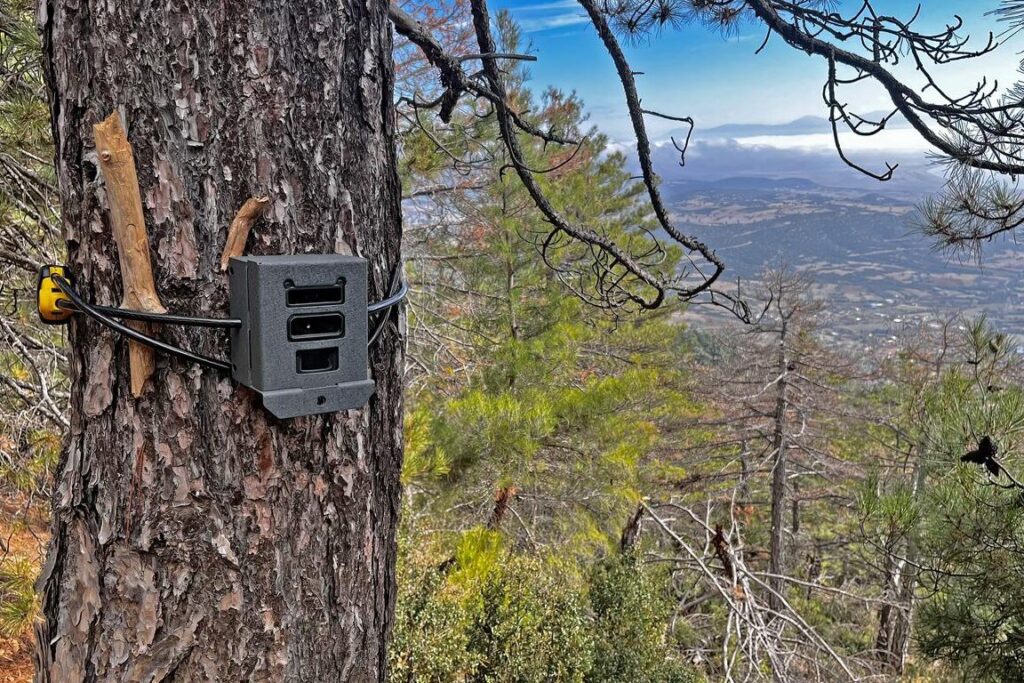
Conservationists have long used motion-triggered cameras to monitor wildlife, but sorting through thousands of images was slow and time-consuming. Now, artificial intelligence has changed the game. Smart trail cameras equipped with AI can instantly identify species like jaguars, mountain lions, and bears as they pass by. Some systems even recognize individual animals by their unique markings, making it possible to track population sizes and movements without human error. These cameras are especially valuable along borderlands and wildlife corridors, where big cats may roam across countries and need safe passage.
7. Drones Are Following Herds From the Sky
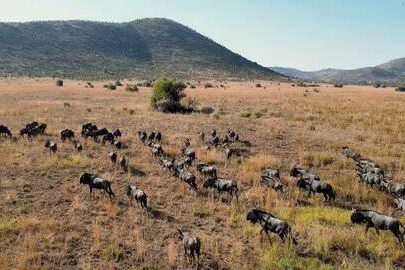
When large herds like caribou or wildebeest migrate, tracking them on foot or by vehicle can be disruptive and dangerous. That’s where drones come in. Equipped with high-resolution cameras, drones can fly quietly above herds, capturing detailed footage without disturbing the animals. Scientists use the aerial perspective to study herd movements, migration timing, and even health indicators, such as body condition or the presence of young calves. In some cases, drones are paired with thermal imaging to monitor animals at night or in dense forests. This technology provides safer, cheaper, and less invasive ways to gather data, offering a new window into some of the planet’s most dramatic migrations.
8. Citizen Scientists Tag Monarch Butterflies
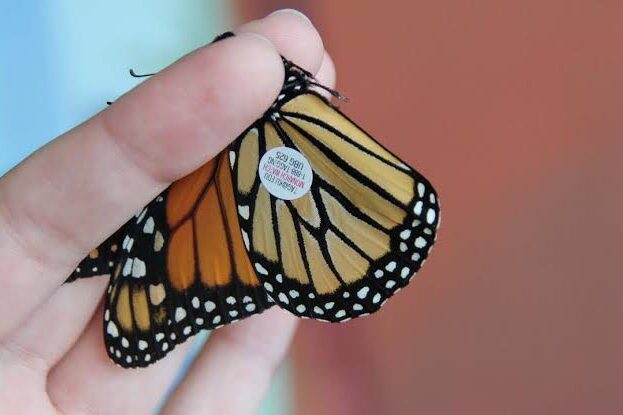
Every fall, monarch butterflies travel thousands of miles from Canada and the northern United States to forests in central Mexico. To track this multigenerational journey, volunteers across North America attach tiny, lightweight stickers to the wings of monarchs before releasing them. Each tag carries an ID number that can be recorded if the butterfly is spotted again along its route or in Mexico. This massive, community-driven project has revealed migration timings, survival rates, and key stopover sites that monarchs depend on for nectar. It’s one of the best examples of citizen science in action, where school groups, families, and everyday nature lovers contribute data that would be impossible for scientists to collect alone. The program not only advances research but also inspires a deeper public connection to the fragile beauty of migration.
9. Seabird Maps Anyone Can Explore
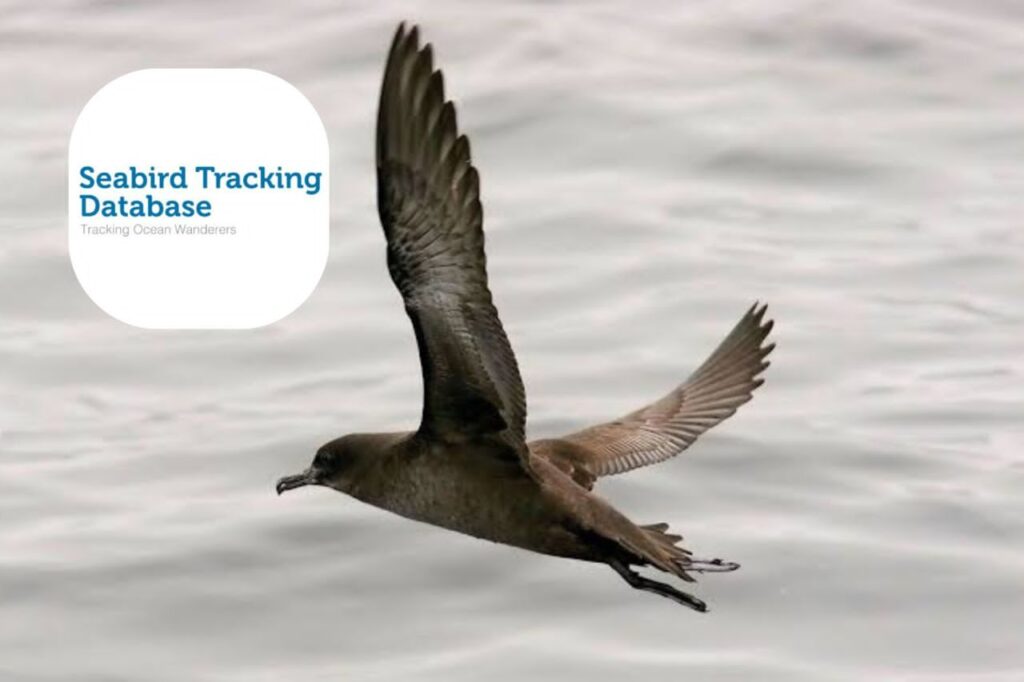
Seabirds like puffins, shearwaters, and albatrosses spend much of their lives far out at sea, making their migrations especially hard to study. Through projects like SeabirdTracking.org, researchers are now sharing real-time maps of tagged birds that anyone can access online. These maps show flight paths stretching across oceans, from Arctic nesting grounds to remote islands in the Southern Hemisphere. The data highlights just how dependent seabirds are on healthy oceans, as many travel vast distances to follow fish schools or avoid storms. For the public, it’s an exciting chance to watch a puffin cross the North Atlantic or trace an albatross circling Antarctica. For scientists, the platform offers a collaborative tool to identify threats such as overfishing and plastic pollution, helping shape global conservation strategies.
10. Apps Let You Follow Sharks and Turtles

For anyone curious about ocean wildlife, apps like OCEARCH and TurtleTracker make it possible to follow the journeys of individual animals in real time. Sharks with names like “Mary Lee” or “Ironbound” and sea turtles carrying satellite tags appear on interactive maps that update as they swim. Families, classrooms, and ocean enthusiasts can log in to see where these animals have been, how far they’ve traveled, and which coastlines they visit. While the public gets a fun, engaging experience, the underlying science is serious: researchers use the same data to study migration corridors, feeding zones, and nesting areas that need protection. These apps turn migration into a shared adventure, bringing people closer to wildlife and raising awareness about the challenges these species face in a changing ocean.
11. Why It Matters: Migration Is a Survival Strategy
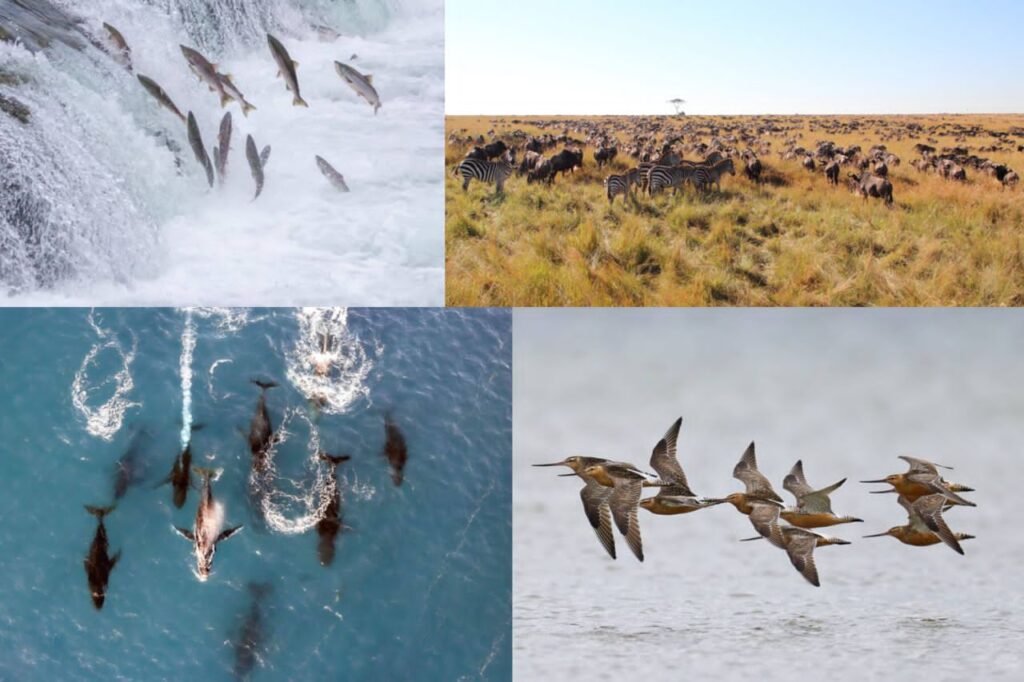
Migration isn’t just a spectacle, it’s a lifeline. Animals move to find food, escape harsh seasons, give birth, or reach safe nesting grounds. Without the ability to travel, entire species would collapse. That’s why tracking these movements matters so much: it allows scientists to see how climate change, deforestation, and human development are altering ancient patterns. The data gathered from satellites, drones, and even citizen science projects helps build a map of critical habitats and corridors that must be protected if wildlife is to thrive. In the end, migration isn’t just about animals, it’s about the health of ecosystems, the balance of the planet, and the shared responsibility we all have in making room for the wild.
Each discovery deepens our understanding of how animals survive, and how their fate is tied to ours. By following their paths, we not only protect wildlife but also safeguard the future of the planet we share.
This story 11 High-Tech Ways We’re Tracking Animal Migrations, And What It Means for the Planet was first published on Daily FETCH


